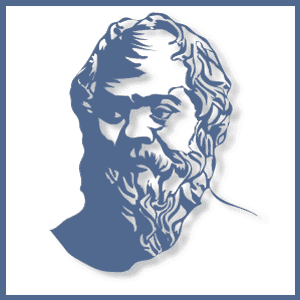Shane Turcott

Shane Turcott, P.Eng has performed over 2500 failure analyzes and metallurgical projects. He has worked for various companies including Dofasco, Bodycote and Liburdi Turbine Services. In 2009 he founded Steel Image, an engineering company specializing in failure analysis and on-site material evaluations. He is the past Ontario Chair of the American Society of Materials(ASM), has been decorated by McMaster University and once completed a 100 mile running race.
 Steel Image is a leading provider of metallurgical failure analysis with clients across North America. Working with refineries, manufacturers and mining companies, we diagnose the cause of failure to provide information needed to make informed decisions.
Steel Image is a leading provider of metallurgical failure analysis with clients across North America. Working with refineries, manufacturers and mining companies, we diagnose the cause of failure to provide information needed to make informed decisions.
Shane authors an article series titled, Learning from Failure.
You can learn a lot from failure… but it is way better to learn from someone else’s failures! LFF uses past failure analysis cases and laboratory studies to share lessons learned and review practical aspects of common damage modes suffered in the petrochemical and heavy industries.
 Shane is the author of the book Decoding Mechanical Failures.
Shane is the author of the book Decoding Mechanical Failures.
When a metal component fails, its fracture surface is the greatest source of information as to why it failed – it just needs to be decoded. This book introduces fractography and how to decode the fracture features of mechanical failures. It demonstrates how to visually diagnose and interpret ductile, brittle and fatigue failures using numerous examples. It then explains how each diagnosis is used to direct the investigation towards the root cause of failure. There are two additional chapters on advanced fatigue of rotating shafts and static fastener failures. Intended for anyone dealing with equipment failures including reliability, maintenance, inspectors and mechanical engineers.
 Tim interviews Shane in an episode of the Dare to Know podcast about his new book, “Decoding Mechanical Failure”, how physical evidence from a failed part can suggest specific kinds of failures, and situations where the data might point in one direction but the physical evidence point in a different direction.
Tim interviews Shane in an episode of the Dare to Know podcast about his new book, “Decoding Mechanical Failure”, how physical evidence from a failed part can suggest specific kinds of failures, and situations where the data might point in one direction but the physical evidence point in a different direction.
 Ask a question or send along a comment.
Please login to view and use the contact form.
Ask a question or send along a comment.
Please login to view and use the contact form.